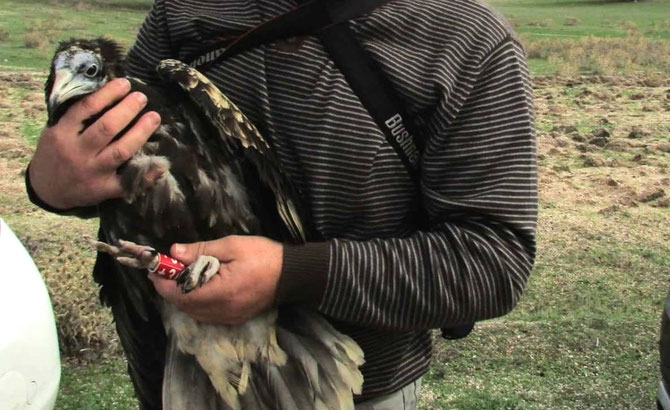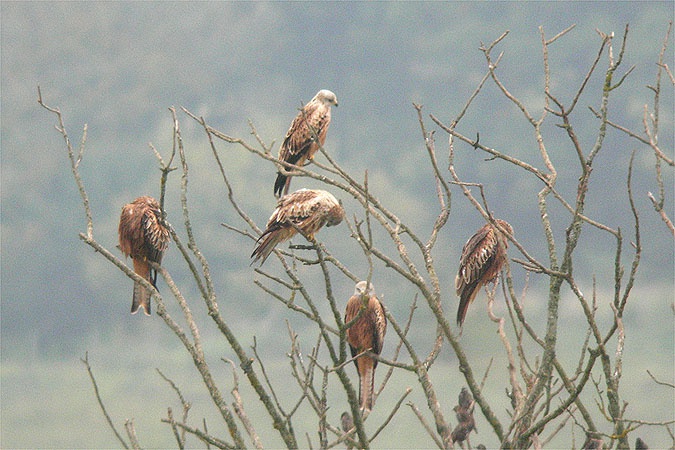Grâce à une collaboration transfrontalière efficace entre les ONG et les gouvernements portugais et espagnols, un jeune vautour percnoptère a pu bénéficier d’une seconde chance ! Le jeune vautour avait été retrouvé affaibli dans l'ouest du Portugal et a été entièrement soigné. Il a été relâché le jeudi 31 octobre 2019 près d'Acehúche, Cáceres, en Espagne, la seule zone d'hivernage d'Europe pour cette espèce.

Thanks to effective cross border collaboration between NGOs, governments of Portugal and Spain, making life possible for a young Egyptian vulture! The young vulture was found weakened in western Portugal and has been fully healed and now released near Acehúche, Cáceres in Spain, the only wintering area for the species in Europe.


Suite à plusieurs études et aux suivi GPS de 12 vautours percnoptères adultes, il semblerait que la population omanaise dépasserait largement les 100 couples estimés !

Following several studies and GPS monitoring of 12 adult Egyptian vultures, it seems that the Omani population is well over 100 estimated pairs!
Because it is a migratory species, the protection of Egyptian vultures is more difficult than it is for the Griffon vulture, the Black vulture and the Bearded vulture.
Protecting the most threatened European vulture implies knowing its migratory routes and wintering areas. Therefore, these last ten years, researchers and environmentalists have been equipping bearded vultures with monitoring devices to document migration. The magazine “Frontiers in Ecology and Evolution” now publishes articles by scientists from Europe and the Middle East in which they combine their data and compare the various migratory routes of Egyptian vultures.
Egyptian Vulture Migration from Vulture Conservation Foundation on Vimeo.

